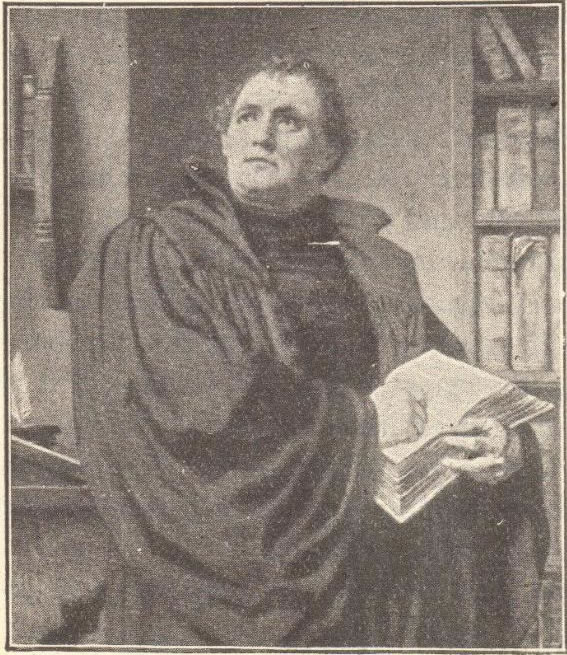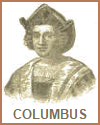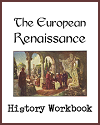 Martin Luther made significant changes to the Bible, primarily through his translation of the scriptures into German. His work not only made the Bible accessible to the common people but also had a profound impact on the German language and the broader Protestant Reformation.
Martin Luther made significant changes to the Bible, primarily through his translation of the scriptures into German. His work not only made the Bible accessible to the common people but also had a profound impact on the German language and the broader Protestant Reformation.
Before Luther's translation, the Bible was primarily available in Latin, the language of the Roman Catholic Church. This limited access to the scriptures to clergy and scholars, leaving the general populace dependent on the church's interpretation. Luther believed that everyone should be able to read and interpret the Bible for themselves, which led him to undertake the monumental task of translating it into the vernacular.
Luther began translating the New Testament in 1521 while he was in hiding at the Wartburg Castle, following his excommunication and the Edict of Worms. He completed the New Testament in 1522, and it was published as the September Testament. Luther then turned his attention to the Old Testament, which he translated with the help of a team of scholars, completing it in 1534. The full Bible, known as the Luther Bible, was published that same year.
Luther's translation was revolutionary for several reasons. First, he used a direct and accessible language that resonated with ordinary Germans, making the scriptures understandable to a wide audience. He employed a clear and vivid style, often incorporating idiomatic expressions that made the text more relatable. This not only democratized religious knowledge but also helped standardize the German language, influencing its development significantly.
Moreover, Luther's translation was based on the original Hebrew and Greek texts, rather than the Latin Vulgate, the standard Bible of the Catholic Church. This approach was seen as more authentic and aligned with his principle of sola scriptura, the idea that scripture alone is the ultimate authority in matters of faith and practice.
Luther's Bible translation was a cornerstone of the Protestant Reformation. It empowered individuals to engage directly with the word of God, reducing the Catholic Church's control over religious interpretation and practice. This shift contributed to the spread of Protestant ideas and the development of various Protestant denominations, fundamentally transforming the religious landscape of Europe.
|
 Martin Luther made significant changes to the Bible, primarily through his translation of the scriptures into German. His work not only made the Bible accessible to the common people but also had a profound impact on the German language and the broader Protestant Reformation.
Martin Luther made significant changes to the Bible, primarily through his translation of the scriptures into German. His work not only made the Bible accessible to the common people but also had a profound impact on the German language and the broader Protestant Reformation.














